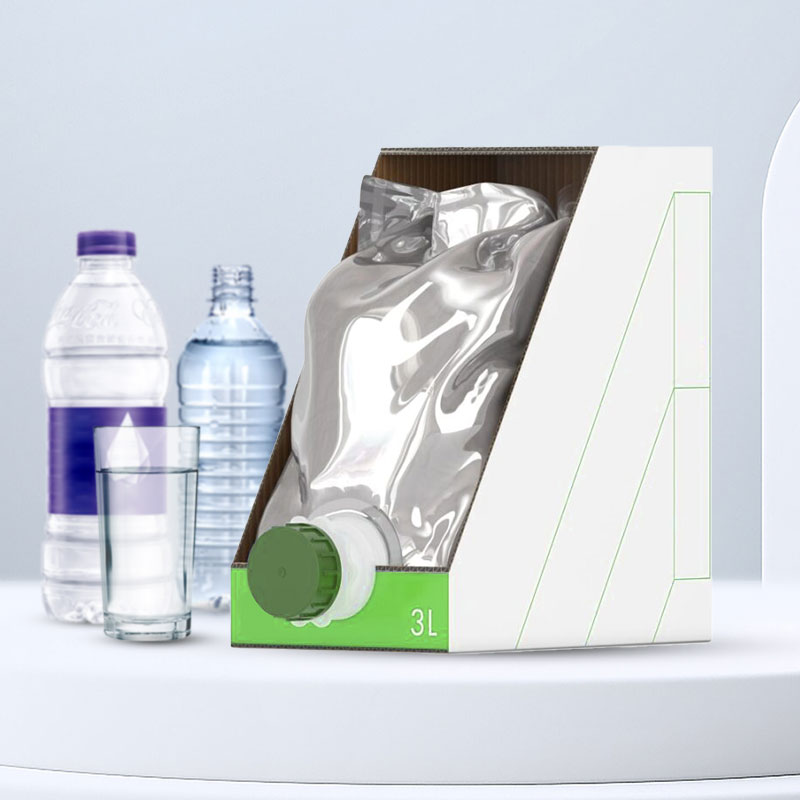 Tel: +86 188 2689 9458
Tel: +86 188 2689 9458
 Tel: +86 188 2689 9458
Tel: +86 188 2689 9458
source:other news release time:2023-12-04 Hits:

Nowadays, many customers are constantly improving their proactive production process, and the requirements for packaging bag manufacturers will become increasingly strict. There are two common production processes for organ bags, one is a medium sealed organ bag, and the other is a four sided sealed organ bag. These two processes have a common control point that needs to be paid attention to: organ position, while organ bags are derived from many other types, such as bottom organ bags and octagonal sealed organ bags.
Among many packaging bag types, the inner space of the middle sealed organ bag is larger than that of other three sided sealed bag types, and it can save costs, so it is very popular among customers.
Organ bags are generally used in the fields of clothing, hardware, electronics, food, and daily necessities packaging, and can be said to be very widely used. For packaging with contents below 300g, there are basically no major issues with the production of organ bags. Whether it is the materials used or the production process, the enterprise has applied them very maturely. However, for packaging materials above 300g, especially powder and small granular content, it is more challenging for soft packaging manufacturers. This type of content is also a significant challenge for customers' automatic packaging equipment.
1、 Common issues with organ positions
There is a stepped position at the intersection of the organ position and the horizontal sealing position, that is, there are only two layers of material heat sealing on both sides of the organ in the horizontal sealing position, while the horizontal sealing edge of the organ position will have four layers of film that need to be heat sealed. Therefore, a stepped intersection sealing edge will appear at this position. The mold for heat sealing is basically on a horizontal plane, and often the bag breaks open from here.
Professional flexible packaging manufacturers have come up with many solutions to address the issue of easy bag breakage at the intersection of the horizontal seal and the organ, which can now effectively reduce the bag breakage rate of the organ.
2、 Common solutions
1. Improve raw and auxiliary materials
The main improvement in this area is to improve the physical properties of the raw materials, such as selecting materials on the inner substrate that are resistant to brittle cracking, stretching, wrinkling, increased flexibility, increased toughness, and improved physical and mechanical properties, to reduce the probability of organ line breakage during production. Alternatively, improvement can be achieved by increasing the material thickness. At the same time, adhesive with good toughness can also be used to enhance wrinkle resistance and enhance the resistance to breakage and rubbing of packaging.
2. Improve material structure
Organ bags generally choose structures such as BOPP/CPP, PET/PE, BOPP/PE, PA/PE, PET/AL/PE, PA/AL/PE, PET/PA/PE, etc. When a certain structure is relatively weak, it is possible to replace it with a material with better physical properties, or increase the number of structural layers to improve the strength of the entire bag. Considering the mechanical properties such as fabric bending resistance and mechanical stretching, NY is superior to PET and PET is superior to BOPP. Of course, if NY is used instead of PET, it will definitely increase costs. We can also improve the material properties of the organ bag by increasing the number of structural layers. This is also a good approach, but the cost will increase significantly. When increasing the number of material layers, it is important to be very careful and carefully evaluate the performance changes caused by adding materials.
Read recommendations:
aluminium spout pouch distributors
spout pouch packaging manufacturer
flexible packaging film structure wholesale.Real time strategy for packaging bags
pouch with spout Factory.What hazards do unqualified food packaging bags bring
Popular recommendation
Custom Laminated Printing Juice Bag Liquid Packaging Stand Up Plastic Water Spout Pouch
China Factory Baby Complementary Food Spout Pouch Baby Food Fruit Puree Bag With Spout Packaging Bag
Custom Size Printed Coffee Milk Juice Wine Bib Bag-In-Box With Valve Gift Cardboard Box
clear spout pouch Solution
Spout pouch flexibility custom
refillable spout pouches Solution
custom spout pouches
green coffee pouch price
super pouch tool bag wholesale
paper snack food bag
The common problems of self -standing bags are here, the solutions are here
Aluminum Foil Bag: The Ultimate Buying Guide
Test standards for frozen food packaging.petco free dog food bag Manufacturing
Paper packaging
Food packaging bags have chemical hazards
Human care in food packaging
Type of bag
The origin of aluminum foil bags!disposable aluminum foil bag
Why are cylindrical bag-in-box so popular?
What is the material of PE bag and what type of packaging bag can be made
Discussion on the Benefits of Vacuum Packaging Bags for Tea.vacuum zipper bags company
Microbiological requirements for food packaging bags.
Food packaging bag
Tell you the factors that affect the food packaging bag.petco free dog food bag
Is there a shelf life of biodegradable plastic bags?Biodegradable Bubble mailing bag distributors
Disadvantages of snack food packaging bags.
The flexibility of packaging bags at low temperatures can increase their applicability
Packed color.aluminum foil bag large wholesaler
Food safety testing methods for liquid packaging bags.digital flexible packaging
What does degradable plastic bag mean?